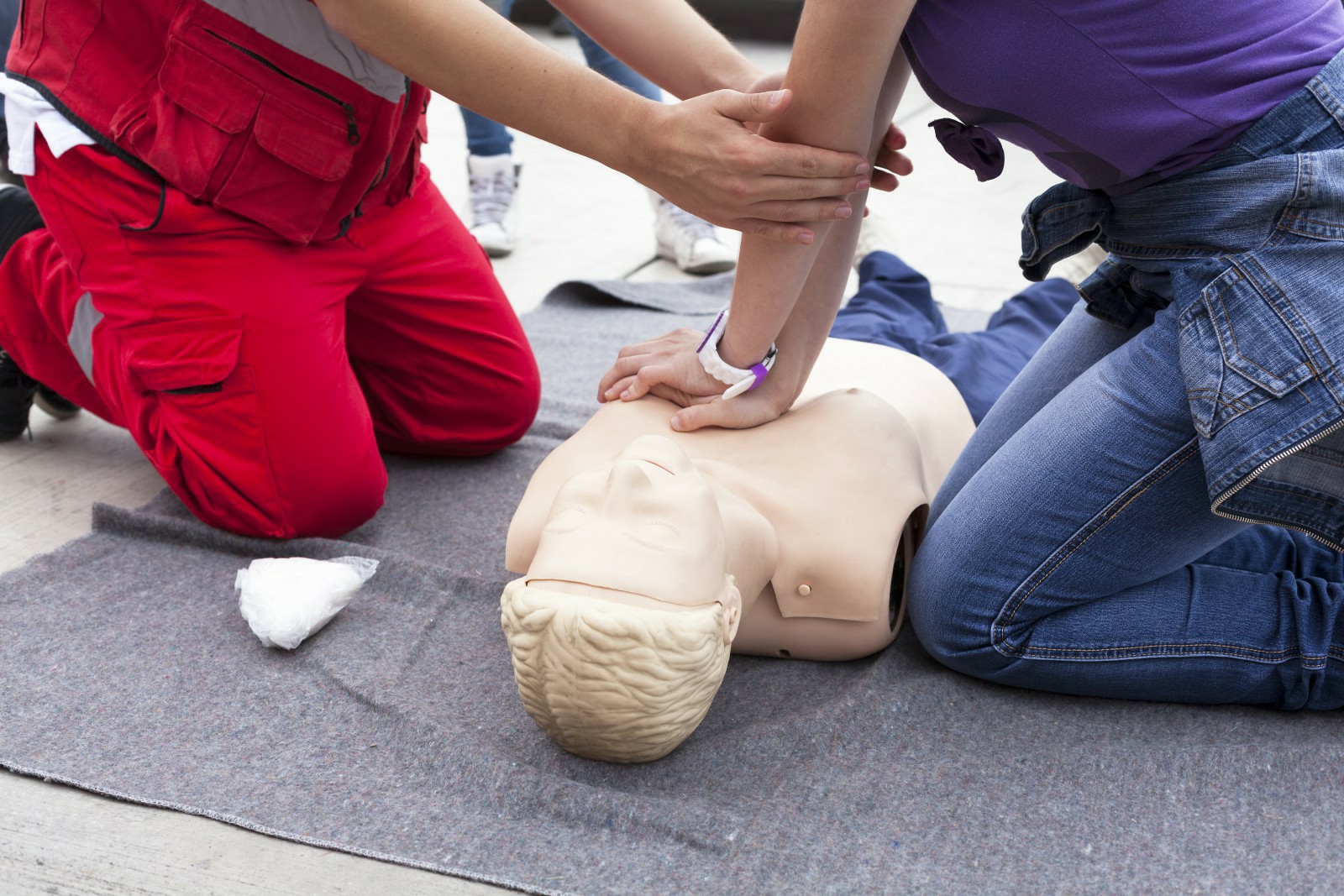


 349,500 Offered Certificates
349,500 Offered Certificates
 24/7 Online Training
24/7 Online Training
 Money Back Guarantee
Money Back Guarantee
 Fully Accredited Courses
Fully Accredited Courses

Created at: 25-02-2025 19:31
In today’s fast-paced work environment, ensuring employee safety should be a top priority for every business owner, HR professional, and safety officer. With the unpredictability of emergencies, having trained personnel can make all the difference. This is where First Aid and CPR training comes into play. In this comprehensive guide, we’ll explore the significant impact of First Aid certification, essential CPR techniques, and the importance of compliance with health and safety regulations.
First Aid and CPR training is not just an asset; it’s a vital necessity that can potentially save lives. The two-fold benefits of enhancing safety measures while complying with legal requirements make these training programs indispensable in the workplace.
Completing a First Aid Course or obtaining First Aid Certification offers numerous advantages for both employers and employees:
Training programs teach injury prevention strategies and risk awareness. This education empowers employees to identify hazards and take preventive measures, greatly reducing the likelihood of accidents.
Understanding how to provide immediate care in emergencies can minimize complications. CPR techniques, for instance, can sustain life until professional medical services arrive.
Many workplaces are required by law to provide First Aid training to employees. Ensuring you are compliant with these regulations protects your business from legal repercussions and liability issues.
First Aid training often fosters teamwork, as employees collaborate and engage in learning together, building interpersonal relationships and enhancing communication skills.
Understanding the basics of CPR can be crucial in emergencies. Here are some critical CPR techniques everyone should know:
Understanding and fulfilling workplace health and safety regulations related to First Aid is crucial:
When selecting a First Aid training program, consider:
Both online First Aid courses and traditional classes have their pros and cons:
Investing in First Aid and CPR training is a proactive measure that not only safeguards employees but also enhances workplace productivity and morale. Whether you opt for an Emergency First Aid Training Course or prefer online options, it's crucial to ensure all employees are trained in essential emergency response skills.
Are you ready to enhance your workplace safety protocols? Enroll in our certified First Aid & CPR training course today!
For any inquiries regarding our training programs, feel free to reach out to us at [email protected].